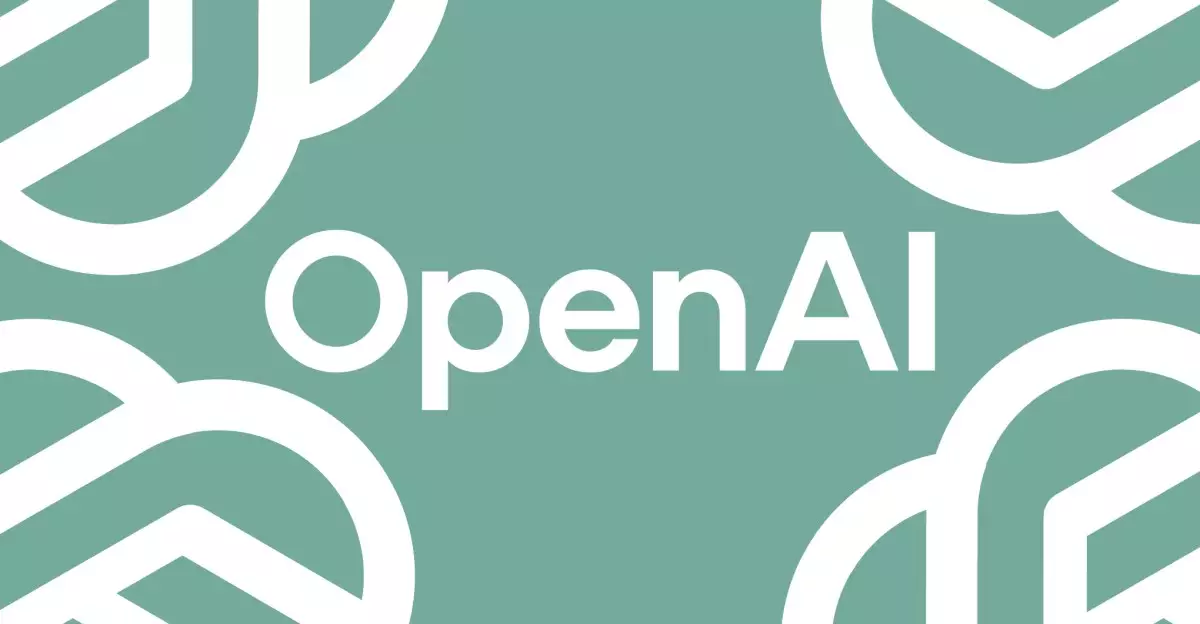In a significant stride towards advanced artificial intelligence, OpenAI has released its latest model, GPT-4.1, designed to elevate the capabilities of its predecessors. As the buzz grows surrounding the technology, many are left pondering the implications of this development amidst the delayed launch of GPT-5. While anticipation builds for newer models, GPT-4.1 presents itself as an essential upgrade, promising greater efficiency and performance in a landscape that’s growing increasingly competitive.
Enhanced Performance Metrics
GPT-4.1 boasts a dramatic increase in context processing power, capable of handling up to one million tokens. This enhancement marks a monumental leap from the previous model, GPT-4o, which handled a mere 128,000 tokens. Such a shift is not just a numbers game; it provides developers an unmatched canvas to explore, integrating extensive data while crafting intricate responses. OpenAI’s commitment to improving its models resonates deeply here; they assert that GPT-4.1 shows measurable advancements in both coding capabilities and instruction comprehension. For developers and businesses alike, this model promises an effective tool for innovation without compromising performance.
Cost-Effectiveness and Accessibility
One of the standout features of GPT-4.1 is its cost-efficiency, being 26% cheaper than its predecessor, GPT-4o. This economical shift is particularly crucial in light of the evolving landscape of artificial intelligence, where financial resources can determine a company’s ability to innovate. With the introduction of smaller models like GPT-4.1 Mini and GPT-4.1 Nano, OpenAI democratizes access to powerful AI tools. These models allow developers with varying resource levels the opportunity to experiment and innovate without facing prohibitive costs. The affordable pricing signifies that AI development is no longer the exclusive domain of tech giants; smaller players can now compete in this exciting arena more effectively.
Strategic Shifts and Future Outlook
The decision to phase out GPT-4 in favor of GPT-4.1 underscores OpenAI’s proactive approach to staying ahead in an industry defined by rapid change. It signals a willingness to adapt and refine their offerings based on market needs and technological advancements. Moreover, the postponement of GPT-5 suggests that OpenAI is intentionally taking its time to ensure that any new release is truly transformative rather than a mere incremental improvement. This strategic pivot indicates a larger commitment to quality over quantity; the company is prioritizing the long-term viability and reliability of its models.
Addressing Concerns with Improved Accuracy
With the monumental capabilities of GPT-4.1, one can’t overlook the challenges that the model faces in its functionality. OpenAI has trained this iteration to sift through information more effectively, targeting relevant text by filtering out distractions. This approach to accuracy is paramount as it aligns with the burgeoning demand for AI that not only understands context but can also deliver relevant outputs reliably. The implementation of such improvements could be pivotal, especially in industries dependent on data-driven insights and decision-making.
In a world where artificial intelligence continues to redefine possibilities, GPT-4.1 stands out not just as a technological marvel, but as a crucial component in the quest for more intelligent, adaptable, and expressive AI systems.

